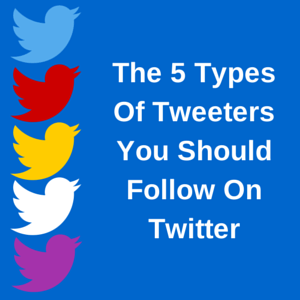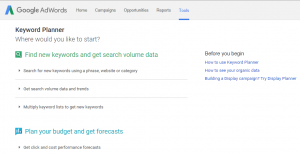 A lot of elements comprise the employee experience. Many, ironically, start with the letter E.
A lot of elements comprise the employee experience. Many, ironically, start with the letter E.
Last year, I wrote about some of the employee lingo that gets bandied about, often interchangeably – and, sadly, incorrectly so. For whatever reason, as I started writing today’s post, I was reminded of that post. Regardless, the lingo I’m writing about today is more specific to what makes up the employee experience.
Oddly enough, as I started thinking about what impacts the employee experience, the factors I came up with all started with the letter E. I know there are others, but I think these cover a lot of territory.
Stick with me here.
First and foremost, let me define employee experience. My definition is:
The sum of all interactions that an employee has with his employer during the duration of his employment relationship. It includes any way the employee “touches” the company and vice versa in the course of doing his job. And how he feels and what he thinks about those interactions.
Basically, the experience is impacted by all the Es I’ll share; I’m sure there are a few other factors, as well.
Without a doubt, the first E is the employee! They’re obviously an essential ingredient!
The other critical E is the employer. And this one plays a huge role in the experience, obviously. The employer sets the tone for the relationship at the outset, as early as the candidate experience. Which leads me to talk about…
Expectations: The difference between expectations and performance leads to (dis)satisfaction. Expectations about the company, the brand, the role, and the employee experience are set as early as during the recruiting, interviewing, and hiring processes. Communication is key; communicate them clearly.
Emotions/Emotional Intelligence: When you understand how your emotions affect others, when you have this emotional awareness, you can better control your reactions – to your co-workers and to your customers – and use the emotions in a positive way. It then keeps you from attacking others, allows you to feel empathy, and allows you to solve problems and resolve conflict more effectively and diplomatically. Your emotions will affect your own experience and that of the people working with or around you.
Effectiveness: What does the employee bring to the table? How good is he at delivering the desired outcome? Does he have the tools, resources, attitude, background, common sense, and motivation to do the job and to get the job done? If we don’t feel effective, it’s a bit of a downer.
Effort: There are two types of effort; one is discretionary effort, which refers to going above and beyond what is expected, the other is overall effort, in terms of how easy it is to get the job done. In this instance, I’m referring to the latter. Are there processes that hinder the employee’s ability to do his job in an efficient manner? This definitely impacts the experience.
Engagement: Some might argue this doesn’t belong here – and perhaps there’s a chicken-and-egg thing going on here – but if the employee is engaged, the experience is going to be much better than if he’s not. Engagement comes from within, and yet the company has a role in it, as well. When there’s some confluence of: (1) emotions, commitment, passion, sense of ownership, etc. on the part of the employee about the brand and (2) what the organization does (purpose, brand promise, who the company is and why, etc.) to facilitate and enhance those emotions or that commitment – then we have employee engagement. (And this is where discretionary effort comes in to play.)
Empowered/Enabled: When employees are empowered, they walk around with a sense of ownership, thinking and acting like they own the business. When you own a business, you put your heart and soul into it, into making it succeed. Empowered employees don’t stand on the sidelines waiting to be spoon-fed; they know what to do. They take the horse by the reins and run with the directive (aka the brand promise), being accountable for their roles in the execution of the customer experience and in the success of the business. They work together with others who are just as passionate and who share a common goal. These things combined result in efficiencies from a variety of angles. And a better experience.
Efficiency: If we reduce employee effort and increase employee empowerment, the outcome ought to be improved employee efficiency. If we hire the right employees, if our employees are engaged and passionate about what they do, the outcome ought to be improved employee efficiency; they’ll find the right way to work.
Education: The better educated your employees are about the task at hand, the vision, the mission, the brand promise, your products, the desired customer experience, etc., the better they will work, the better their experience.
Environment: This one might seem like a catch-all, but the overall environment has a huge impact on the employee experience. A positive environment, one that prioritizes and facilitates a great experience for employees, is conducive to employees giving their all. I include in environment: workspace, tools, resources, culture, values, guiding principles, leadership, feedback, communication, and more.
Energy: The energy, the passion, the emotional investment that employees have for the brand, the product, and their roles certainly impacts the experience they’ll have as an employee of the company. It will impact the amount of discretionary effort put forth on a daily basis, too.
What else would you add?
It all came down to employee engagement. It all came down to recognition. It all came down to leadership, which led to every sailor feeling ownership and accountability for the results. You can ask a team to accomplish a mission, but you can’t order excellence. -Mike Abrashoff, Commander USS Benfold (retired)
Image courtesy of Leo Reynolds
Business & Finance Articles on Business 2 Community(36)
Report Post








